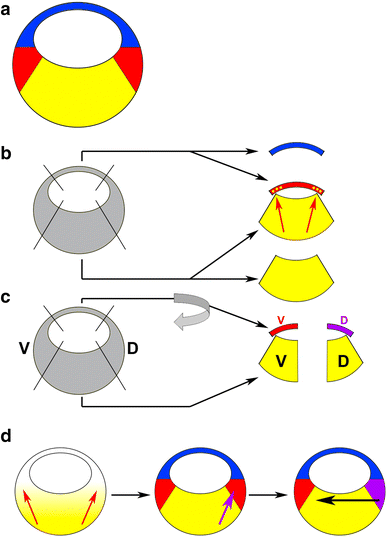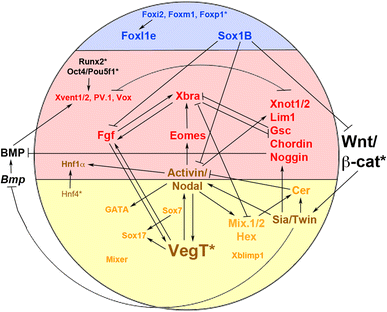上肢や下肢が出る位置はどのようにして決まるのでしょうか?体軸の位置はHOXコードで決まるのだとすれば、ある特定のHOX遺伝子産物が転写制御因子となって上肢や下肢の肢芽で発現するTbx5やTbx4の発現を直接制御するのでしょうか(エンハンサーかプロモーターに特異的に結合するなどして)?
下の総説によれば、HOX遺伝子が活性化や抑制に働くようです。
 A Combination of Activation and Repression by a Colinear Hox Code Controls Forelimb-Restricted Expression of Tbx5 and Reveals Hox Protein Specificity Satoko Nishimoto,Carolina Minguillon,Sophie Wood,Malcolm P. O. Logan Published: March 20, 2014 https://doi.org/10.1371/journal.pgen.1004245
A Combination of Activation and Repression by a Colinear Hox Code Controls Forelimb-Restricted Expression of Tbx5 and Reveals Hox Protein Specificity Satoko Nishimoto,Carolina Minguillon,Sophie Wood,Malcolm P. O. Logan Published: March 20, 2014 https://doi.org/10.1371/journal.pgen.1004245
最近の総説論文を読むと, HOXコードで前肢の出る位置は決まるようですが、そう単純ではなさそうです。ただTbx5はFgf10遺伝子のプロモーターに直接結合して発現を誘導するそうです。下肢については、前肢ほどには研究がなされておらず、HOXコードで位置が規定されるのか、FGF10を発現させるものが何なのかについては報告がなさそうです。
- Current research on mechanisms of limb bud development, and challenges for the next decade Takayuki Suzuki Genes & Genetic Systems/Volume 99 (2024) https://www.jstage.jst.go.jp/article/ggs/99/0/99_23-00287/_html/-char/en
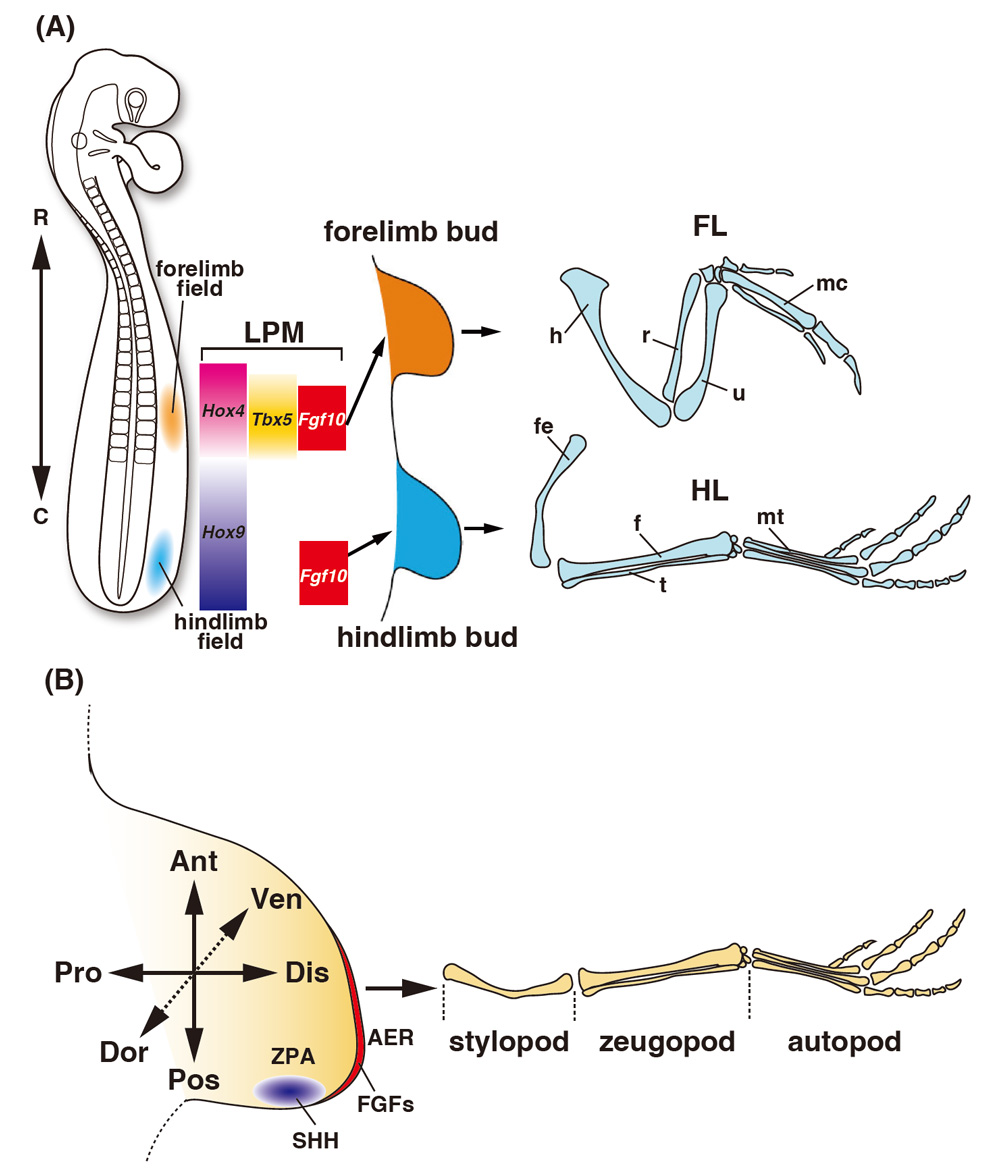
- Tbx5 is essential for forelimb bud initiation following patterning of the limb field in the mouse embryo Development (2003) 130 (3): 623–633. https://journals.biologists.com/dev/article/130/3/623/42069/Tbx5-is-essential-for-forelimb-bud-initiation
- mouse embryos lacking Tbx5 do not form forelimb buds
- Tbx5 directly activates the Fgf10 gene via a conserved binding site, providing a simple and direct mechanism for limb bud initiation
- Tbx5 is required for forelimb bud formation and continued outgrowth Development . 2003 Jun;130(12):2741-51. doi: 10.1242/dev.00473.

https://journals.biologists.com/dev/article/147/17/dev177956/225797/Establishing-the-pattern-of-the-vertebrate-limb





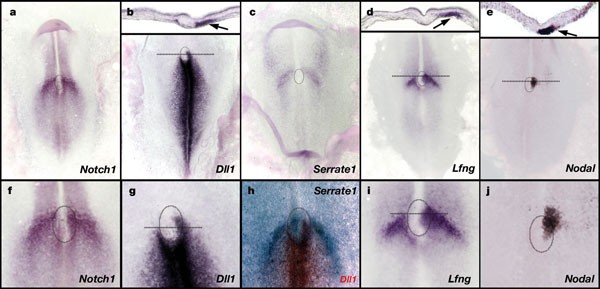

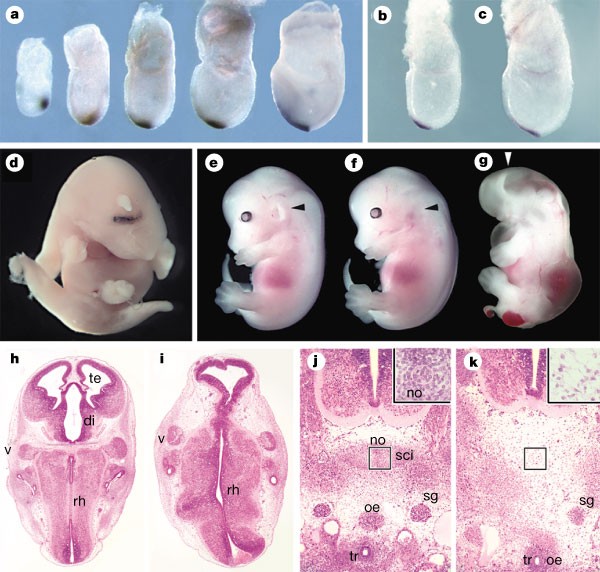


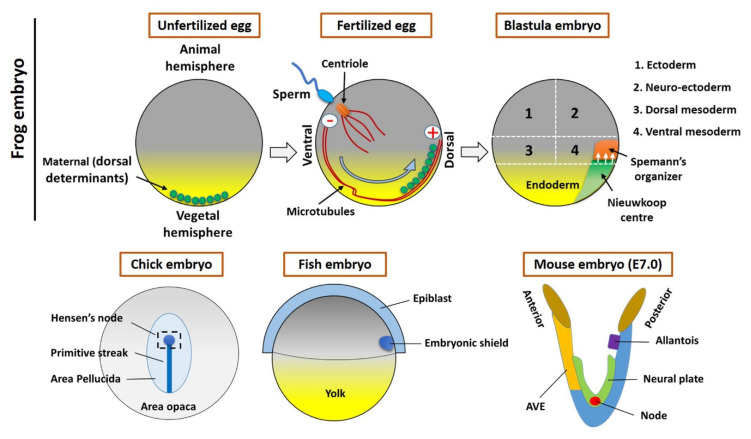 https://pmc.ncbi.nlm.nih.gov/articles/PMC8628936/ MDPI誌オープンアクセス論文
https://pmc.ncbi.nlm.nih.gov/articles/PMC8628936/ MDPI誌オープンアクセス論文